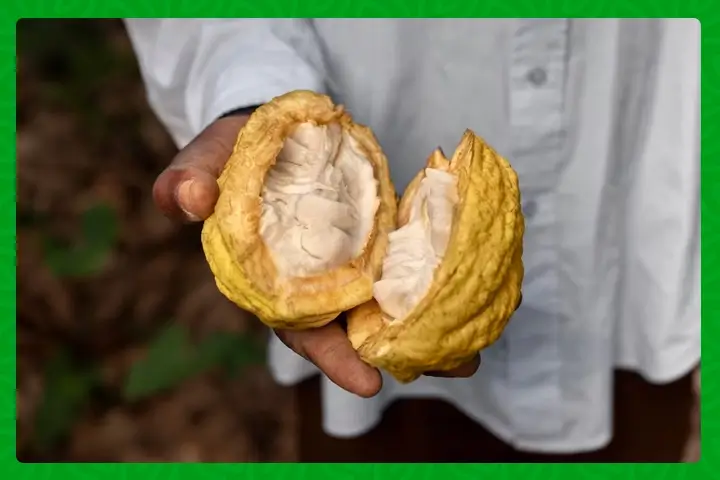
In a strategic collaboration between the Ugandan Ministry of Agriculture, Animal Industry and Fisheries (MAAIF) and Swisscontact, a non-profit development organization, a revolutionary Cocoa Production Manual has been launched. This comprehensive guide is designed to empower extension workers, ensuring the dissemination of accurate information and the understanding of optimal agronomic practices in cocoa cultivation. Let’s explore how this initiative is set to elevate cocoa production in Uganda and bolster the capabilities of extension workers.
Uganda’s Cocoa Success Story:
Over the past few years, Uganda has witnessed a remarkable surge in cocoa production, with formal exports experiencing a compound annual growth rate (CAGR) of 14.3 percent, escalating from $54.2 million to an impressive $105.8 million between 2017 and 2021. This surge not only translates to increased foreign exchange income but also serves as a pivotal source of livelihood for farmers and traders, contributing significantly to socio-economic development.
Cocoa Potential and Global Standing:
Despite the positive impact on Uganda’s economy, there remains untapped potential in cocoa productivity, currently standing at 2.5kg per tree. This falls short of the potential optimum yield of 5kg per tree achievable through the adoption of best practices outlined in the newly launched manual. Globally, the cocoa market is projected to reach a staggering $80 billion, with African countries – Ivory Coast, Ghana, Nigeria, and Cameroon – accounting for 70 percent of this lucrative market.
Minister’s Call to Action:
Fred Bwino Kyakulaga, the State Minister for Agriculture, Animal Industry, and Fisheries, underscored the significance of cocoa as a crucial African crop. With Uganda having the potential to thrive in cocoa cultivation, he urged citizens residing around lakes Kyoga, Victoria, Edward, George, and Albert to embrace cocoa farming. The minister emphasized the need for guidance from extension workers and highlighted the potential for Uganda to secure a substantial portion of the global cocoa market by adhering to best practices.
The Cocoa Production Manual – A Game-Changer:
This groundbreaking manual equips extension workers with the knowledge needed to guide farmers comprehensively – from nursery beds to harvesting and post-harvest handling. Kenneth Aedu, a project manager at Swisscontact, highlighted the manual’s unique customization to the Ugandan context, featuring five chapters addressing crucial aspects such as cost-benefit analysis, expected yields, and requirements for responsible cocoa production.
Addressing Challenges in the Cocoa Sector:
Recognizing the challenges faced by both cocoa farmers and extension officers, the manual aims to harmonize existing materials, providing a consistent and standardized approach to cocoa cultivation. With inadequate access to extension and advisory services among cocoa farmers, this handbook becomes an invaluable tool for bridging the knowledge gap and ensuring uniform extension packages along the entire value chain.
Uganda’s cocoa industry stands at the threshold of transformative growth, fueled by the launch of the Cocoa Production Manual. As extension workers embrace this comprehensive guide, farmers are poised to benefit from enhanced knowledge, improved practices, and ultimately, increased productivity. The collaborative efforts of MAAIF and Swisscontact signal a commitment to sustainable cocoa farming, reinforcing Uganda’s position as a key player in the global cocoa market. The future looks promising, with this innovative handbook paving the way for a thriving and prosperous cocoa sector in the heart of Africa.


















